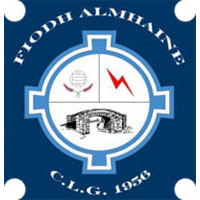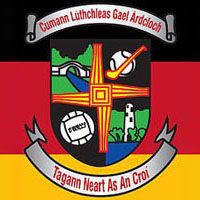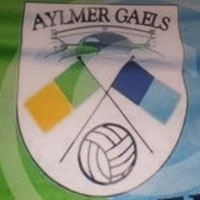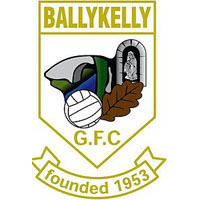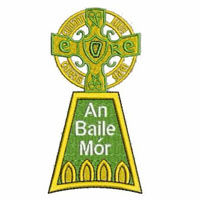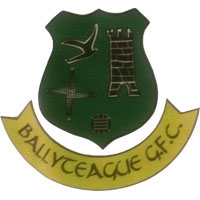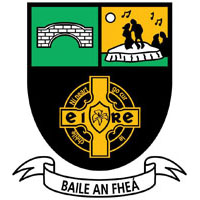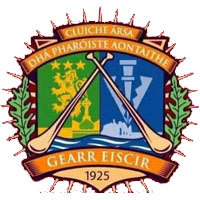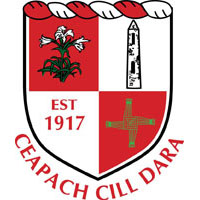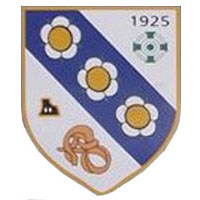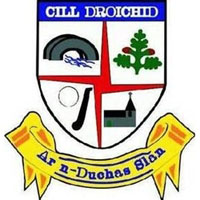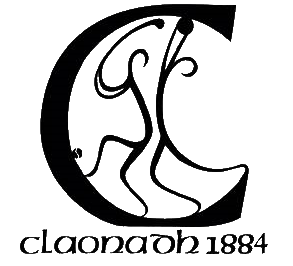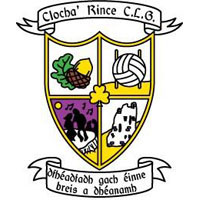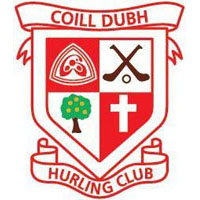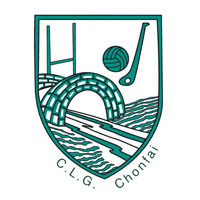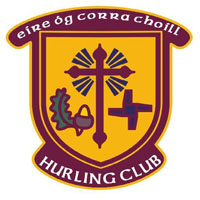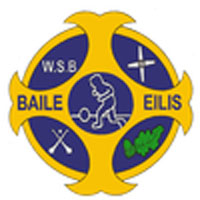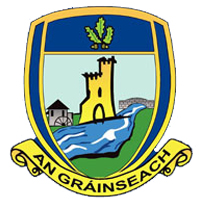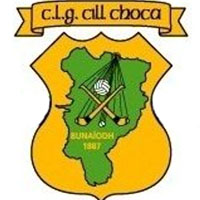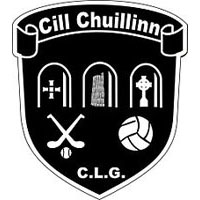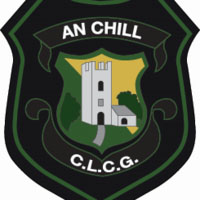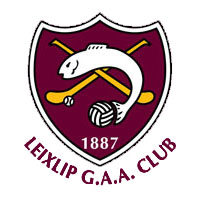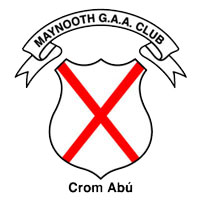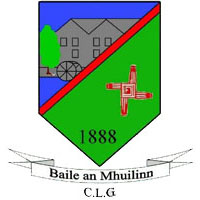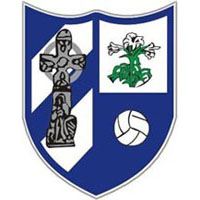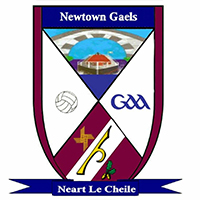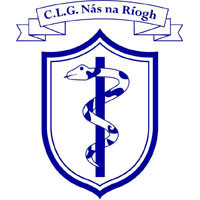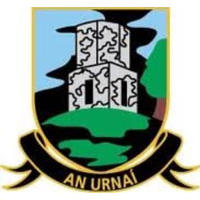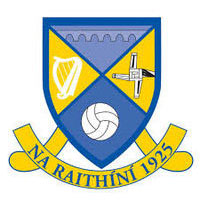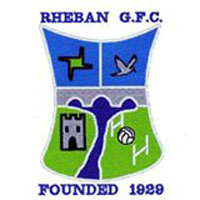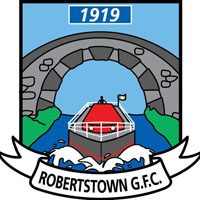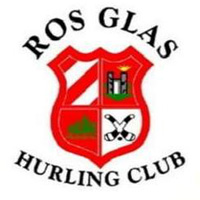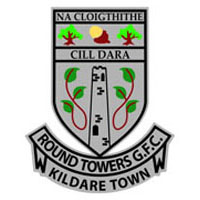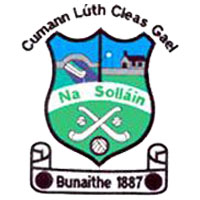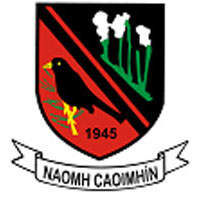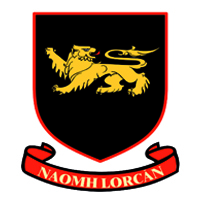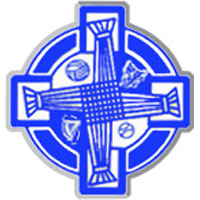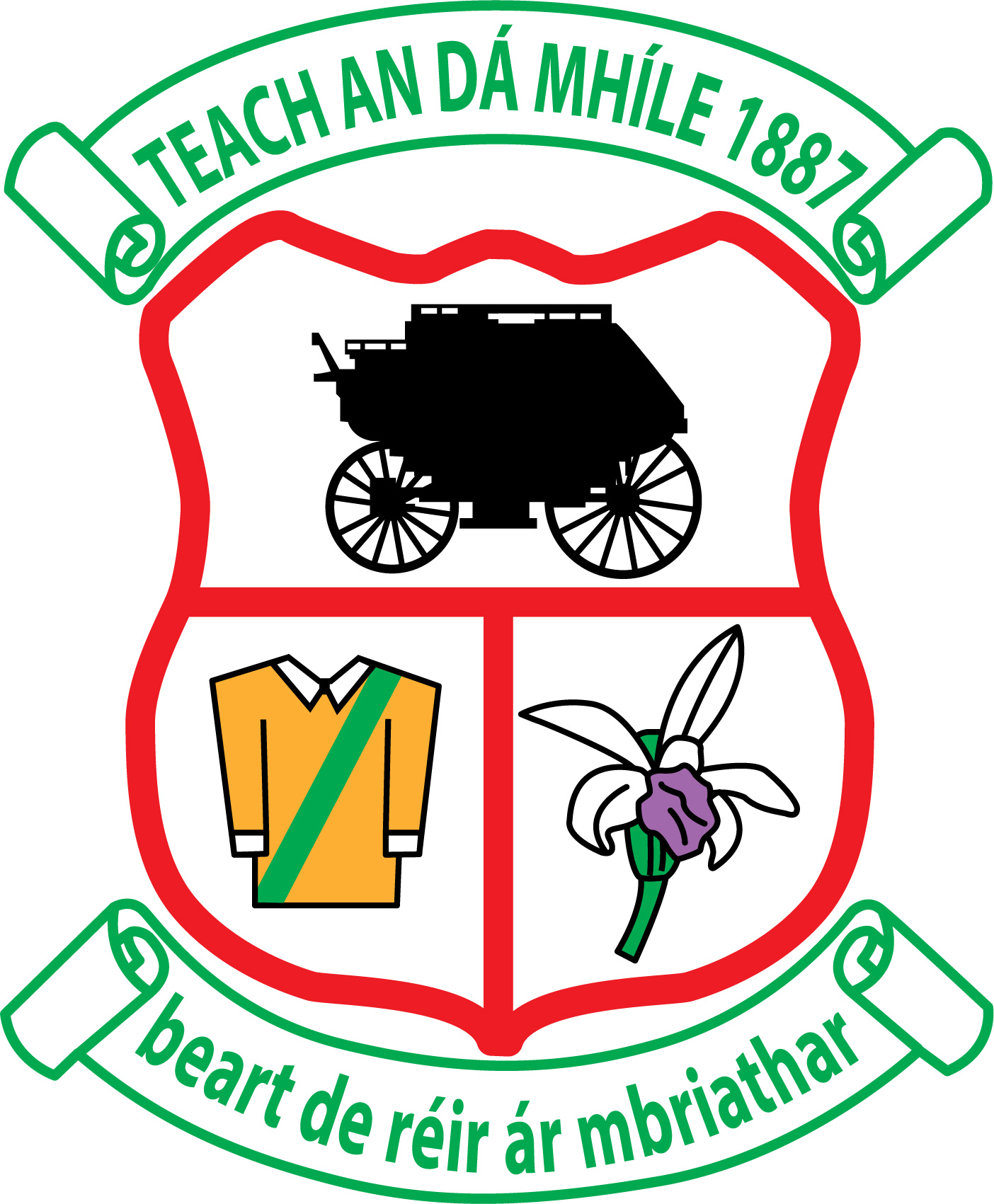
A Chairde,
Below is this week’s “Bits & Bytes” along with a short piece on the history of sliotars composed by Lorcán O’Rourke.
-
The GAA released the proposed 2021 Inter County Fixtures Calendar Further details can be found on http://kildaregaa.ie/2021-inter-county-fixtures-calendar/ It is envisaged that the Allianz National League fixtures will be issued in the coming days.
-
Club resource material ahead of the proposed return to play for Juveniles is expected to be issued in the coming week. Adult collective training remains suspended until further notice.
-
Kildare GAA Coaching and Games are seeking applications for coaching rolesin hurling & football for this year’s Kellogg’s GAA Cúl Camps. Requirements: All applicants must be over the age of 18 years & have proven experience in a GAA coaching role. To request an application email: murphy.gda.kildare@gaa.ie
-
This summer’s Kellogg’s GAA Cúl Camps are fast approaching. The camps will be held throughout the county during the months of July & August. Registration is now open via https://www.kelloggsculcamps.gaa.ie/
-
As part of the Kildare Hurling Action Plan, the County Board will launch a Camán Chill Dara Hurling Awards Scheme on 21st The launch will be a 45 minute event with registration open next week. Further details will be released on our website and social media platforms in the coming days.
-
The Selectors for the Minor and U20 Hurling Teams were ratified at last week’s County Board Meeting.
Minor:
Manager: Eoin Stapleton
Selectors: Noel Ryan, Pat O’Meara, Mairtin Boran, Mark Moloney & Liam Dolan
U20:
Manager: Pat English
Selectors: Cian Hogan, Tom Walsh, Eoin Stapleton, Chris Murray & Mairtin Boran
-
The GAA Club Newsletter April edition is now available for download https://kildaregaa.ie/gaa-club-newsletter-3/ The edition includes the following articles:
-
Covid-19 update for Clubs
-
How to avoid injury when returning to play,
-
Movement break resources for children
-
Community Heart Programme
-
How regionalisation could grow Club Hurling.
-
-
Have you tried out the GAA’s “RecipesForSuccess” yet? Learn how to fuel your performance on and off the pitch with new weekly cook along videos dropping weekly from next Tuesday.
For more info check out https://www.gaa.ie/my-gaa/community-and-health/healthy-eating/
-
The County Kildare LEADER Partnership are running a “Heads Up” mini programme in April. The aim of the programme is to support male mental health. For more information contact Lorna @ lorna@countykildarelp.ie
From brown to yellow – How sliotars have changed
The sliotar which is used in modern hurling bears very little resemblance to the ball used in the long and distant past. Whether we look as far back as the legends of Fionn Mac Cumhaill and Setanta, or to the early years of the GAA, the changes have been dramatic. It has changed in size, weight, shape, and colour – and the advances in technology have added to the pace of those changes.
The speed of the game nowadays is due to many factors including player fitness, the standard of pitches, better quality hurleys, but most of all to the type of ball in use in the 21st century.
In an Irish Times article, John O’Dwyer writes that
In the early days of the GAA, sliotars were much larger than those in use today. In 1904 the official GAA rules set the minimum weight for the sliotar at 7 ounces – about double the prescribed weight today.
Cobblers or shoemakers often made sliotars to their local teams so there was a wide variation in the quality and contents of the ball. Large horse-hair packed sliotars and narrower hurleys were not conducive to a fast game. Scoring was relatively low as the results of the following All-Ireland final indicate: 1911 – Kilkenny 3-3, Tipperary 2-1; 1912 – Kilkenny 2-1, Cork 1-3; 1913 – Kilkenny 2-4, Tipperary 1-2.






